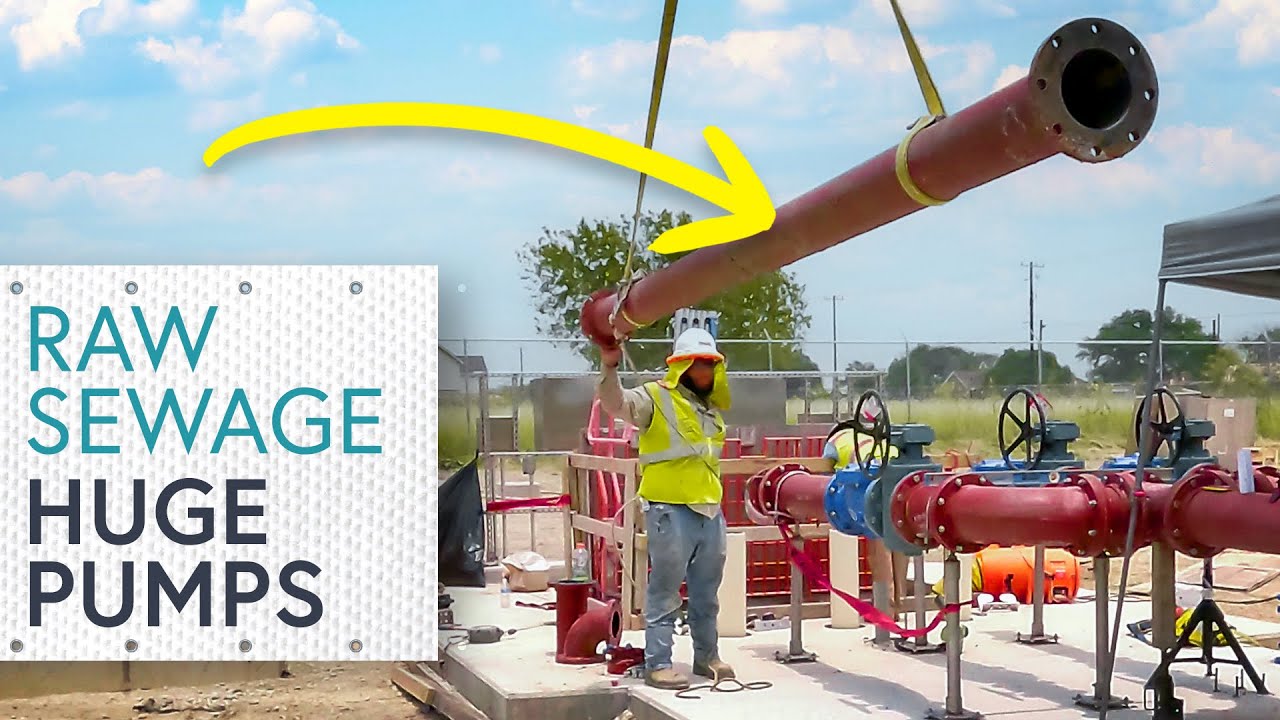All of the infrastructure of the sewage “lift station” is there to allow its pumps to deliver the raw sewage that flows into it to the treatment plant located at higher elevation. There are three pumps, and they are large: consuming 50 kilowatts of electricity each. And they cannot fail—people don’t stop flushing their toilets even when the power is off. So two of the three pumps are in service at any time, one handling normal loads and the second kicking in at peak times, with the third as a live standby in case one of the primary pumps fails. The roles of the pumps are rotated regularly to equalise wear and tear. When the power fails, there’s a backup diesel-powered pump which can take over until power is restored, and if the power outage is of long duration, a transfer switch that permits the electric pumps to be fed from a diesel generator delivered by truck to the site. And if all these fail? There’s a pipe fitting to which a portable emergency pump can be attached. The sewage must flow!
3 Likes
